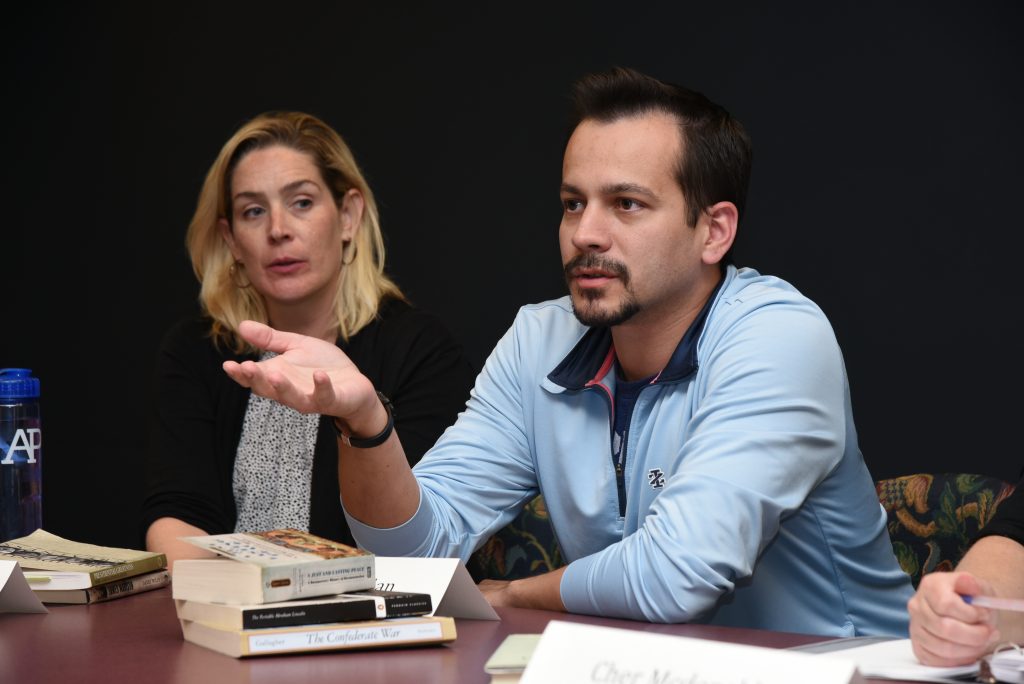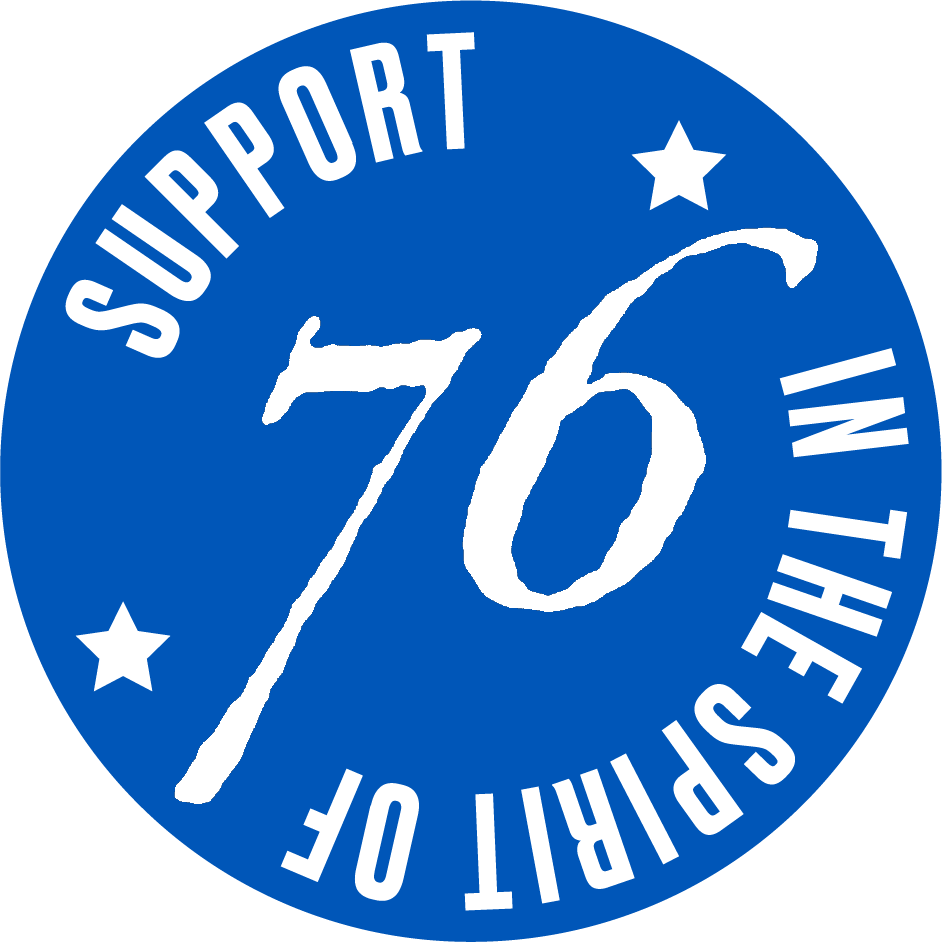Start with the Declaration of Independence
December 24, 2020

Greg Balan—like many teachers across America—faces challenges in the classroom well beyond what could fairly be included in his job description. Greg, who teaches regular and Advanced Placement US History in Fort Myers, FL, sees a wide range of students in his classroom, including recent immigrants, children of migrant workers, and children of the wealthy. “Some of my students are homeless, living out of cars,” he says. “Others drive their own F-150s.”
Despite these challenges, Greg’s students boast test scores that far exceed those of their peers. When Greg finished his first year teaching Advanced Placement US History in 2018, 60 percent of his students passed the exam. He is not satisfied with that, but it is better than the 51 percent global average and a far cry from the 19 percent average in his district. On state achievement tests in US history, 100 percent of Greg’s students passed.
Greg attributes his success as a teacher to his education in Ashbrook’s graduate program, which he says was “the best academic experience of my life.” But the full effect of Greg’s education cannot be measured by test scores alone. It can be seen in the daily work he does to help his students understand that despite all of their differences, they are all Americans.
Greg starts every school year with the basic text around which all Americans should unite: the Declaration of Independence. As he was handing out copies of the document to each student recently, one young man tossed it back saying, “I can’t read that.” The student went on to explain, “It’s not that I won’t read it, it’s that I can’t read it. Check my file.” Sure enough, Greg checked his file and found that the student, a junior in high school, had a third-grade level reading comprehension.
Rather than writing the young man off as so many had done before, Greg invited the student to stay after class. Greg again gave him a copy of the Declaration and asked him to circle every word he recognized. “You might as well start there,” Greg said. Over the course of the year, the young man learned to read, starting with the Declaration of Independence. He began to participate in class discussions, thinking through the big questions about American history with his peers. Thanks to Greg, this young man graduated with the skills he needs to succeed and to participate in civic life. More than that, he graduated with a deep understanding and appreciation of his country.
Greg has similarly helped hundreds of other students. He encourages his students to think independently and to have open, sometimes boisterous, conversations. In this way, they come to understand the foundational principles of self-government that define our American character. The more they understand, the more they come to love their country. Ultimately, their teacher’s approach touches not just their minds, but their hearts.

